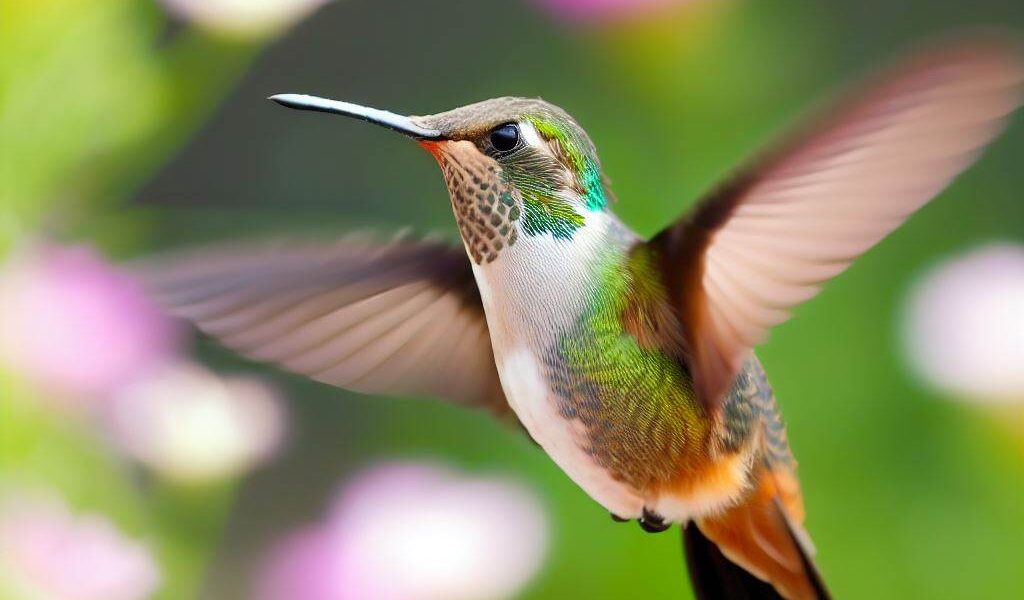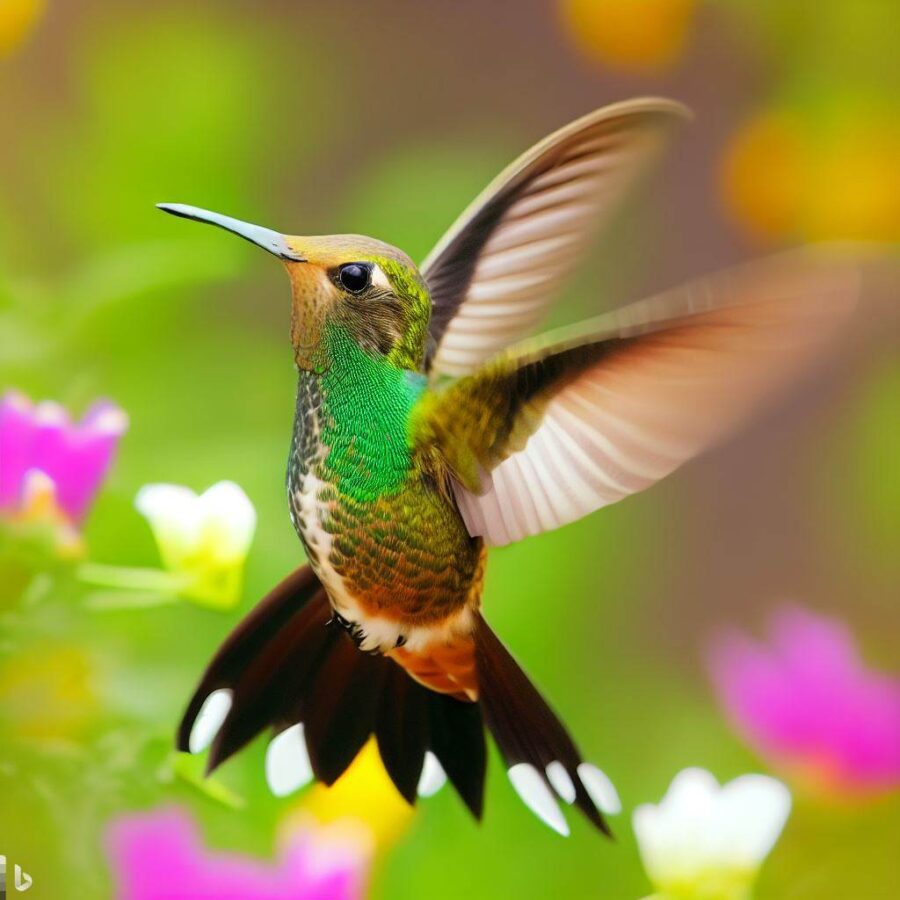Unraveling the Secrets of These Little Winged Giants with Sensational Flying Skills and Their Admirable Migrations
Prof. Aécio D’Silva, Ph.D
AquaUniversity
To observe a hummingbird in flight is to witness God’s creation defying gravity with astonishing agility and speed. Despite their diminutive size and delicate appearance, hummingbirds hide incredible flight maneuvering abilities. These winged beings were cleverly bred to master the art of aerial acrobatics, making them one of the most captivating and fascinating species in the bird world.
Hummingbirds – The Intelligent Design- As everyone who knows me knows, I am a Hummingbird watcher. I have feeders in my office window that allow me to see these winged wonders while I work. Right now, as you can see in the video, there are some hovering in the eaters next to me.
Hummingbirds are fascinating creatures that have won over birders and nature enthusiasts around the world. These diminutive birds belong to the Trochilidae family and are found mainly in the Americas, from Alaska to Tierra del Fuego. The key to his incredible flying skills lies in a combination of his physiology, anatomy, and adaptations of an intelligent design. Let’s take a closer look at some of the amazing features that allow hummingbirds to perform gravity-defying feats and bravely tackle their long migratory journeys.
Hummingbirds – The Intelligent Design – Anatomy Cleverly Designed for Flight
Hummingbirds have an intelligent design with unique adaptations that allow them to perform impressive aerial maneuvers. Their light bodies, ranging from 2 to 20 grams depending on the species, are perfectly suited for flight. With bodies so small, every gram counts, so your bones are hollow to further reduce weight. This ensures that they can take off and hover effortlessly.
Their wings, unlike the other birds, rotate at the shoulder joint, allowing them to move in a figure-shaped pattern of eight. This eight-shaped movement generates lift in both the up and down beat, allowing them to remain stationary in the air, a feat known as “hovering” or “pulse” in English. Hummingbirds’ wings can flap up to an impressive 80 times per second, creating a mesmerizing blur as they fly from flower to flower.
Hummingbirds – The Intelligent Design – Precision When Flying
While the hovering is undoubtedly impressive, it’s just the beginning of the hummingbird’s aerial abilities. These birds exhibit remarkable precision and control during flight. They can fly forward, backward, and even upside down with ease, showing their versatility in navigating complex environments.
Hummingbirds are masters of acceleration and deceleration. They can go from a full stop to a fast-forward flight in the blink of an eye, reaching speeds of up to 30 miles per hour. Such agility allows them to avoid predators, find food efficiently, and compete for resources in their challenging habitats.
Feeding Techniques
One of the most endearing behaviors of hummingbirds is their feeding technique. To sustain their high metabolism, they require a constant consumption of nectar. Their long, specialized tongues allow them to reach the bottom of flowers, extracting nectar at incredible speeds. This unique intelligent design sets them apart from other nectarivorous birds.
Interestingly, the eating habits of hummingbirds also contribute to pollination, making them key players in the ecosystem. As they pass from flower to flower, they inadvertently transfer pollen, aiding in the reproduction of various plant species.
Hummingbirds Acrobats of the Air – Surviving in Challenging Environments
Hummingbirds face numerous challenges in the wild, from predators to harsh weather conditions. However, their flying skills and keen instincts equip them to survive and thrive in diverse habitats.
Their exceptional vision allows them to detect threats and food sources from a considerable distance, enabling quick decision-making. In addition, their strong territorial instincts help them protect essential resources, ensuring their survival in competitive environments.
In conclusion, hummingbirds, the wonderful work of the Hands of the Creator of everything and everyone, continue to be a source of wonder and fascination for nature enthusiasts around the world. Their incredible flight maneuvering skills and migratory resilience make them symbols of agility, resilience, and beauty in the natural world. As we contemplate their aerial stunts, we are reminded of Who created them and the vast diversity and genius of intelligent design in life on our planet.
References:
Bret W. TobalskeDouglas R. WarrickChristopher J. ClarkDonald R. PowersTyson L. HedrickGabriel A. HyderAndrew A. Biewener; Three-dimensional kinematics of hummingbird flight. J Exp Biol 1 July 2007; 210 (13): 2368–2382. doi: https://doi.org/10.1242/jeb.005686
Clark, C. J., & Dudley, R. (2010). Flight costs of long, sexually selected tails in hummingbirds. Proceedings of the Royal Society B: Biological Sciences, 277(1686), 2109-2115.





